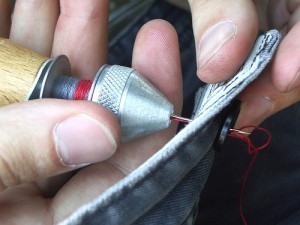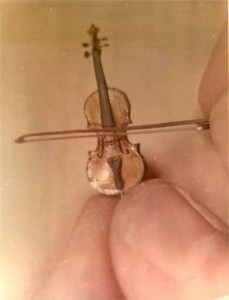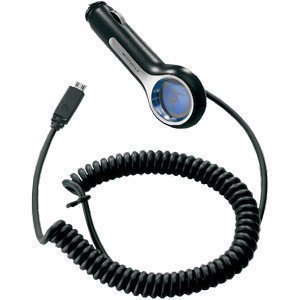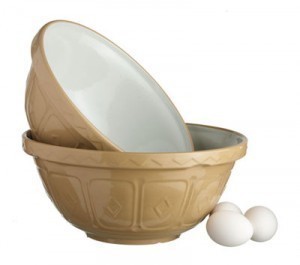Stitching Awl Sizes
In addition to sewing needles, scissors and thimble, there are  many other important materials that are widely used in sewing, one of which is the stitching awl. This relatively simple tool is commonly used to puncture holes on leather and other materials. Aside from this basic task, it is also utilized to enlarge existing holes. It also works perfectly well on heavier materials like canvases or leathers. It features a tapered but thin metal shaft, with a slightly bent or straight pointed end. Besides these facts, there are more to learn about this tool including the different stitching awl sizes.
many other important materials that are widely used in sewing, one of which is the stitching awl. This relatively simple tool is commonly used to puncture holes on leather and other materials. Aside from this basic task, it is also utilized to enlarge existing holes. It also works perfectly well on heavier materials like canvases or leathers. It features a tapered but thin metal shaft, with a slightly bent or straight pointed end. Besides these facts, there are more to learn about this tool including the different stitching awl sizes.
The Sizes of Stitching Awls
The size of a standard stitching awl is close to 6.75 inches long. It makes use of a variety of blades, with the usual sizes ranging from 32 millimeters to 90 millimeters. Although most variants are sold individually, it may be part of different stitching kits, the average length of which is 4.75 inches. Stitching awls are classified into various types, some of the most common of which are the bridle awl, the scratch awl and the clicker’s awl.
Additional Facts and Other Interesting Details
The shaft is one of the most important parts of a stitching awl, which is made up of interchangeable needles. Compared to ordinary sewing needles, it features an eye piercing, the primary purpose of which is to help draw the thread right through the holes. Sometimes, it is called a sewing awl, specifically in relation to manual lockstitch sewing.
A stitching awl plays a very significant role in the job of leatherworkers and shoemakers or cobblers. They use this tool to create lock stitches. With the thread placed right into the eye, the needle is then pushed through the leather or any other material of similar nature. It functions like a small sewing machine.
This tool comes in different sizes and types, which depend mainly on the particular trade wherein such item is to be used. Besides making saddles and shoes, it is also used a lot in the printing trade, specifically for use in bookbinding.
In order to make small round holes on leather and other materials, simply push the tool right through the material. With the aid of its pointed rod, it functions like a hole punch, which prepares the leather for the process of stitching. This is usually done when making bags, belts and gloves.
In addition to the stitching awl, it is also quite interesting to learn about the other types of awls including the stabbing awl, which is also called a pricker, sailmaker’s awl or pegging awl. It is used to produce holes in sails. Other interesting types of awls include the scribe awl, the saddler’s awl and the bookbinder’s awl. For marking wood, the appropriate tool is the scratch awl, which is also referred to as the joiner’s awl or the clicker’s awl.





